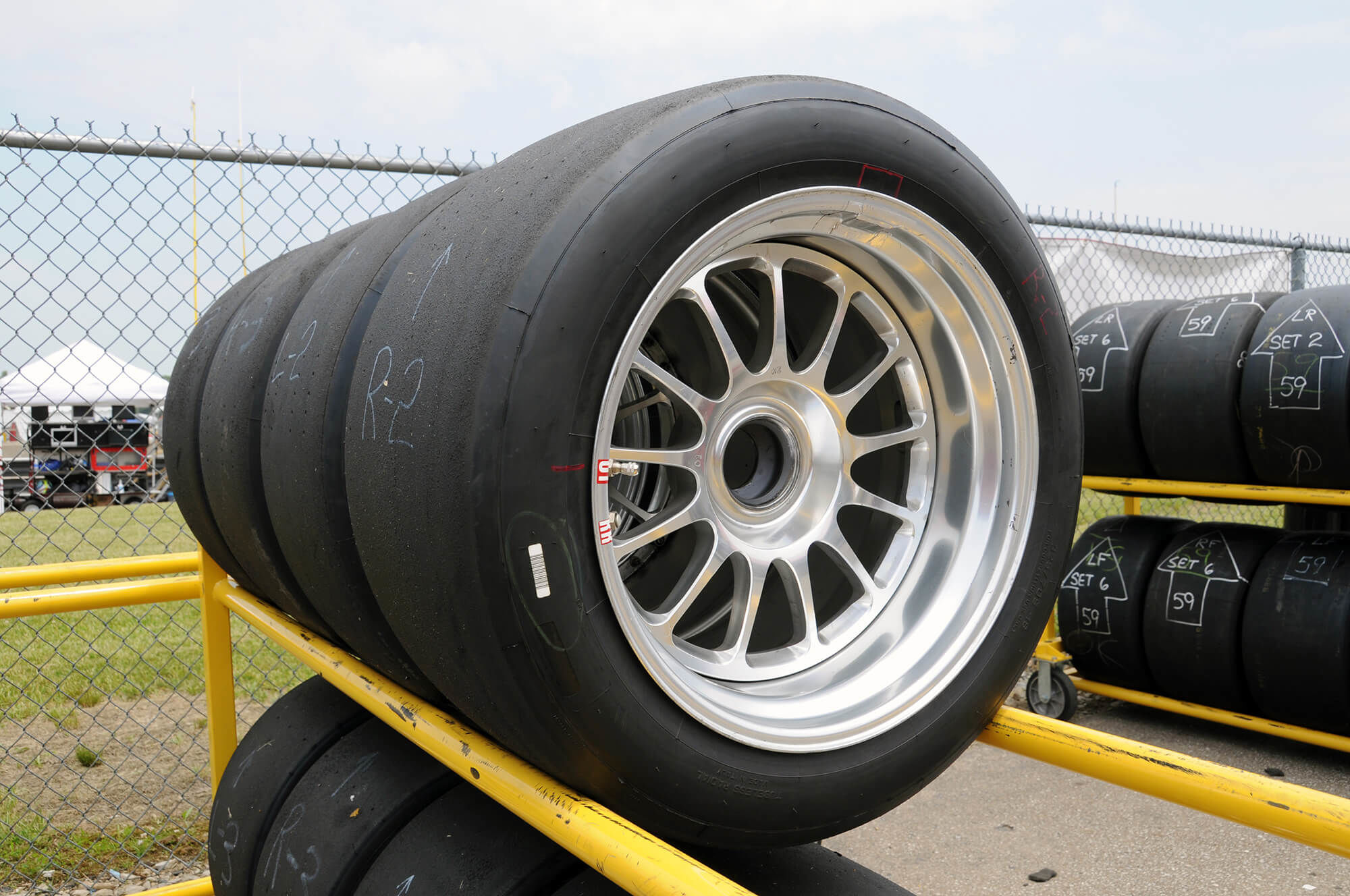Whether you’re an automotive enthusiast or not, knowing the kind of tyres to opt for is half the challenge. But with so many misconceptions floating around, and plenty of mixed messages to navigate, how do you know exactly where the boundaries sit?
One of the most commonly asked questions revolves around whether racing slicks are a legal option in Australia, and why their features see them crossed off regular roads. So, in this post, we’re covering everything you need to know with these products, as well as the dos and don’ts.
What are racing slicks?
Ultimately, these types are used in motorsports to facilitate speed and traction. However, they’re actually illegal to drive with on regular roads. You may find that plenty of people will argue that they have better grip, but the fact of the matter is that this only applies in dry conditions. When roads are wet, racing slicks have far less traction than their grooved counterparts, making them a risky option.
So, why exactly are they illegal for everyday driving?
The dangers you need to know
Tyre tread is essential for driving around on the regular, mainly because it removes and disperses the water between each of the wheels. It also ensures your car maintains a good grip when the ground is wet.
In Australia, the minimum legal tread depth is 1.5 mm. Tyres with a lower depth can result in your car taking a longer distance to stop and can increase the risk of sliding or aquaplaning in wet conditions. This can be incredibly dangerous when driving around smaller roads or around the block.
Bald tyres and racing slicks are not the same thing
People also often believe that racing slicks and bald tyres are similar, however, this is not the case. Racing tyres are designed with a specific concept in mind, covering all aspects of the tyre, so they have no tread, to begin with.
Tyres with treads, however, are designed to act as an integral part of the overall makeup. When these treads are worn down, the tyre is also worn down, meaning one of the main components is not in top form. Similarly to racing tyres, as they wear, they become less effective towards maintaining grip.
Ever noticed that lap times are at their lowest straight after a pit stop? There’s a reason for that.
Do racing slicks really have better grip?
The argument that racing slicks have better grip is often debated, and somewhat true. They cover a larger amount of surface area on the road, in comparison to their road tyre counterparts. Because of this, they have a better form of grip, but only when it’s dry. However, when the conditions become wet, slick tyres can aquaplane, slide and cause your car to take longer to stop. Treaded alternatives are designed to prevent these dangers, making them a safer choice in varying weather conditions.
Road tyres have much better longevity
Although slicks are made to undergo heavy wear and tear on the track, they are not made to last. That’s exactly why these tyres are constantly changed throughout races. Road-friendly options, however, are designed to withstand various conditions and the test of time.
The tread depths help them last much longer, as they are built for durability, making them a far more cost-effective (and safe) everyday option. And not to mention – legal.

